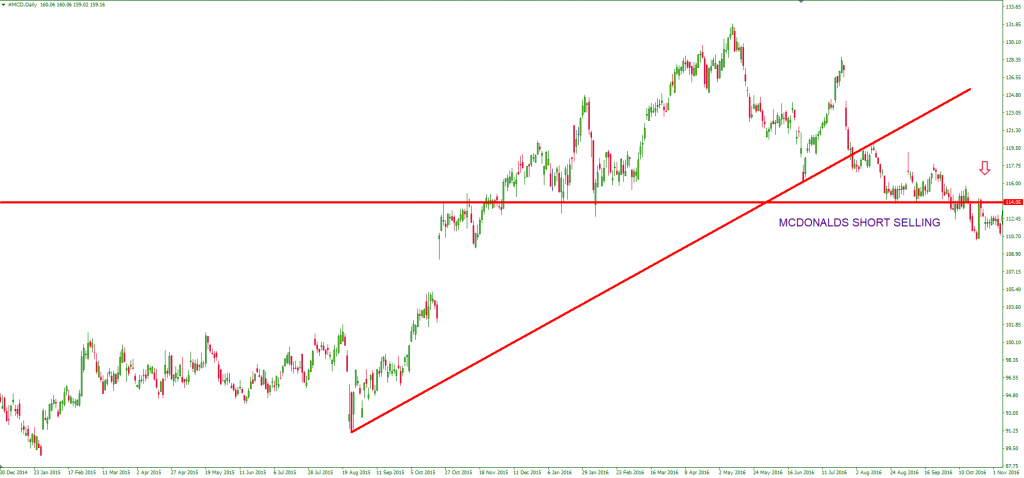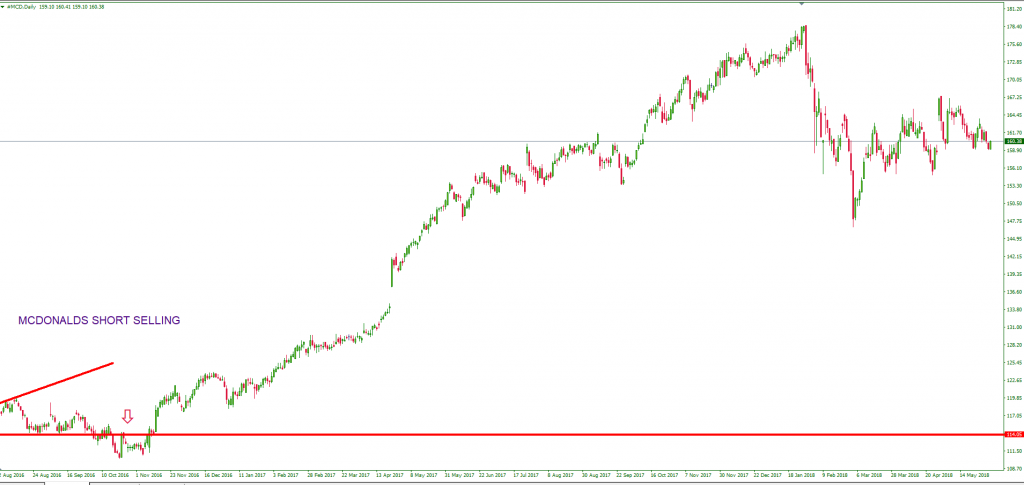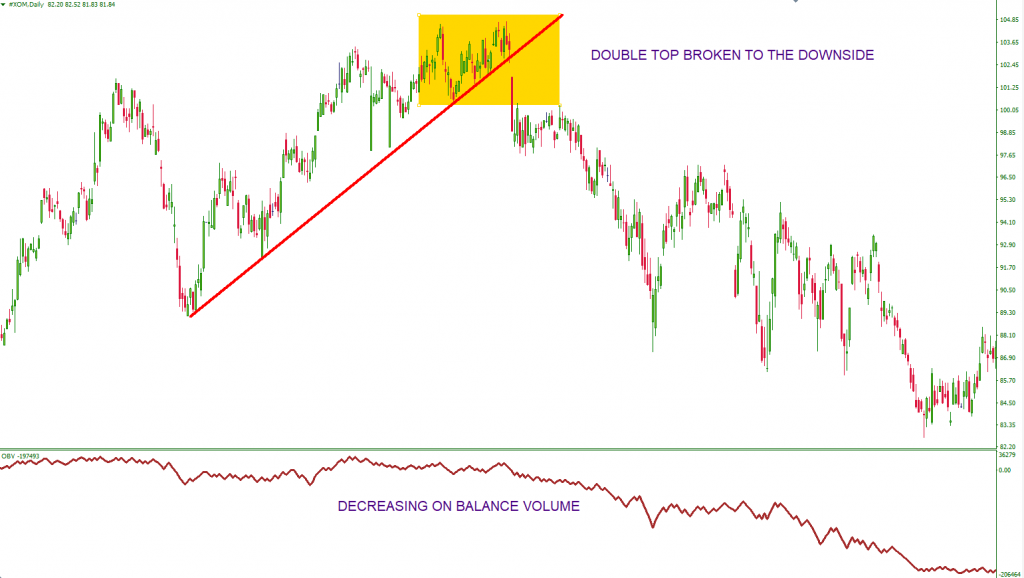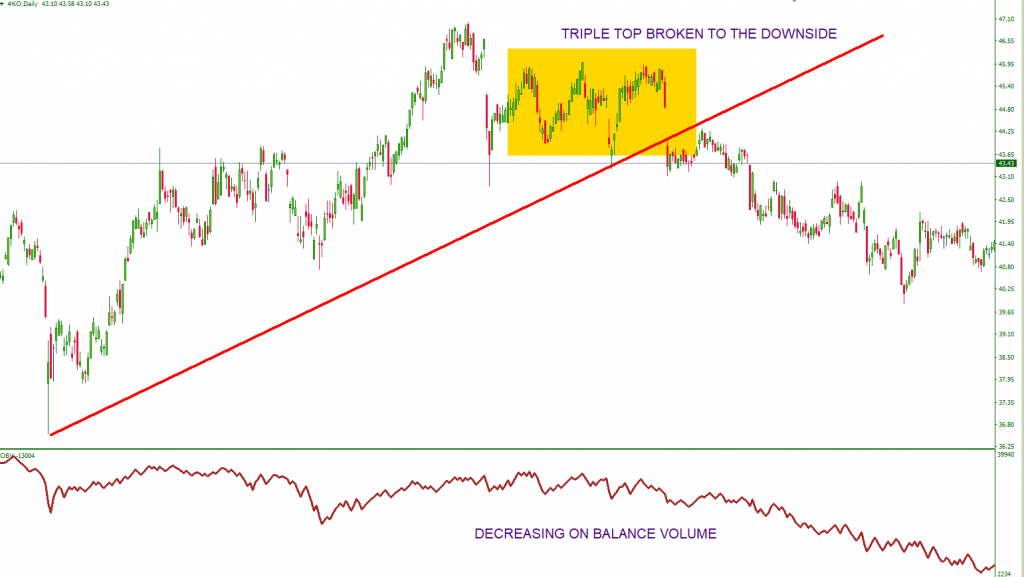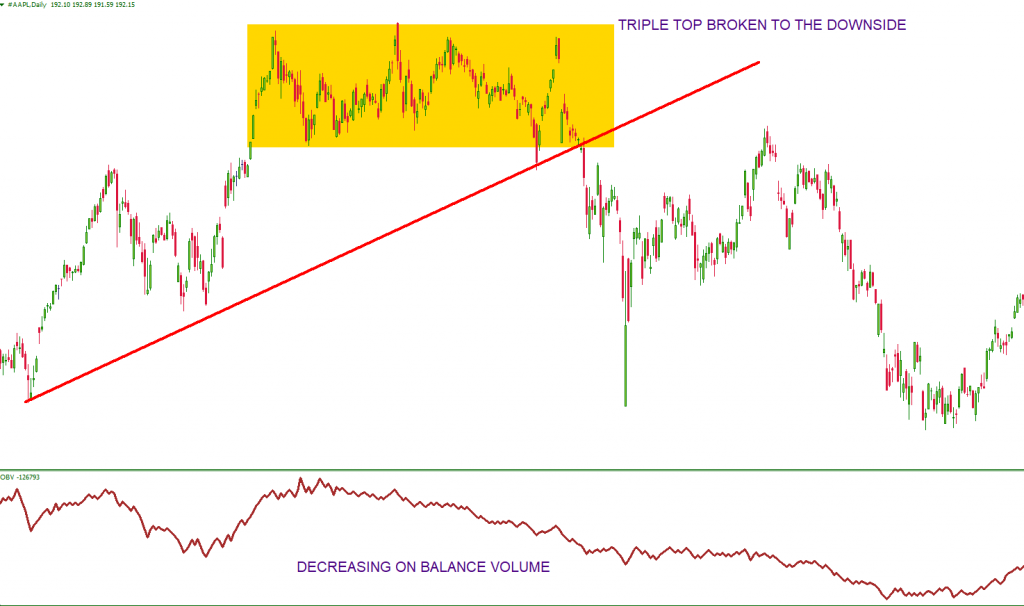Table of Contents
The technique of short selling stocks became very popular in the last decade, many market participants from hedge funds, to speculators or individual investors, taking risks on the downside of a market. Short selling represents a technique through which a trader/investor sells a stock that he does not own. A short selling occurs when the investor believes the price of the stock is going to decrease in the future.
What Does Shorting A Stock Mean
When an investor believes the price of a particular stock is going to decline in the future, he will short sell the instrument. Here are the main steps of the short selling technique:
- The idea is pretty simple: the investor wants to sell the stock at a high price in the hope of a future buy when the stock price declines at more reasonable prices.
- However, in order to short sell the stock, the investor must borrow it from someone who owns it. Thus, the investor will pay a fee in order to borrow the stock.
- But that’s not all: if the price of the stock increases after the trader initiated a short sale, he will also be required to pay a margin to cover the potential losses.
When short selling stocks, there are 2 outcomes:
- If the investor buys the instrument back at a lower price, as he anticipated, he records a profit and the short selling was successful
- If the investor buys it back at a higher price, contrary to its beliefs, the investor records a loss and the short selling failed.
Short Selling Stocks – Risks and Rewards
When short selling stocks one important thing you should consider: you are trading with unlimited risk. When shorting a stock, the price could theoretically keep increasing forever.
Let’s take an example:
- You analyze the McDonalds Corp., with its shares trading at a price of around 115$/share. You anticipate that the McDonalds stock price will decline in the next period, due to poor financial results. You also believe that the McDonalds shares are overvalued and the price is most likely to go down. The charts also reveal that an important level of support was broken and the share will plummet in the next period.
- You initiate the short selling at the price of 114$/share. However, McDonalds’ price continues to increase. In a month the price reaches 125$/share, over 3 months the price skyrockets to 140$/ share. In a year the McDonalds shares were traded at 180$/share.
That’s the worst case scenario, and this should never happen to you. That’s why the number one rule when short selling stocks is to always use a stop loss order. A simple stop-loss order gives total protection. A stop-loss represents an order through which you exit your trade if a certain price level against you is reached. Think of a stop loss as an exit plan, to limit your risk on a trade when the market goes against you.
Stocks Shorting: Psychology Explained
Many market participants do not like to short stocks and this situation is understandable. They prefer only to buy during strong uptrends, to limit their risk. But guess what: the trend could be your friend even though is going down. Short selling in a downtrend market is ‘‘investing with the trend,’’ and no one should be afraid of it.
Market prices increase and decrease. No market goes up or down in a straight line. The markets include many different participants, buyers and sellers. Each of them has their own concept of where the market is going. Each market participant is motivated by basic human emotions. Price momentum oscillates strongly in both directions, stimulated by greed and fear. Greed will lead to big rallies while fear and panic lead to selloffs. The “war” between market participants, all acting in their own best interest, will generate swinging price movements.
Also, in general, stocks tend to fall farther and faster than they increase. Volume builds rallies, but markets will fall from their own weight at the slightest rumor or news. Greed of an investor burns out faster than the fear. Fear induces panic selling in a more reliable fashion than greed induces panic buying. This explains why short selling stocks is so common in current days.
Short Selling Trading Strategy
As we mentioned before, short selling stocks can be a risky business, but with a solid research, we can track the perfect candidates for a possible short sale. This technique is very profitable especially during bear markets or when market sentiment is low.
Market sentiment is associated with the general feeling about the climate of the market. Market sentiment describes the outlook of investors in a market, reflected in price trends. As investors react emotionally to the market, their reactions reflect in the evolution of the price.
Thus, when investors are trading based on fear and pessimism, this confirms a bear market. That’s the most adequate period for short selling stocks.
Let’s take a look at other conditions you should search for when considering short selling stocks.
How To Sell Short A Stock
Technical Analysis Conditions To Short A Stock
- The stock recorded a big increase in the past months.
- The stock increase was accompanied by increased volume. High volume indicates an active market. A possible reversal of this uptrend may determine many investors to panic sell the stock, in order to protect their profits.
- The market reached a consolidation phase, in other words, the stock’s price is unable to reach new highs.
- The stock has not decreased more than 10–15% from its market top. If it did, the move already happened, and you should look for other opportunities.
- Look for market reversal patterns, like Double Tops, Triple Tops, Head and Shoulders or channel breakouts.
- Look for overbought conditions on technical indicators, like RSI, Stochastic Oscillator or divergences on other oscillators like MACD etc.
Fundamental Analysis Conditions To Short A Stock
- The recent price increase was not fueled by good fundamentals around the stock – good financial results for example. The increase was due to overconfidence or greed of investors.
- The stock now has a high price-to-earnings ratio. Market consensus is that stocks with high price-to-earnings ratios can be overvalued.
- The stock had a low short interest, which started to increase. A low short interest ratio means that not many investors think the stock’s price will decline. An increase in the stock’s short interest from the previous month indicates investors’ sentiment. Thus, we are trying to anticipate early signs of panic and fear around the stock.
- The stock’s capitalization should be at least small-cap. Avoid stocks too thinly capitalized, like nano-cap or micro-cap. You need some “market fuel” to sustain the potential short selling.
Examples of Short Selling Stocks
In the first short selling example, we have Exxon Mobil Corp. Let’s see if the conditions stated above were met:
- XOM shares recorded an important increase in the past months.
- The XOM increase was accompanied by increased volume – reflected the On Balance Volume
- The price reached a consolidation phase, a trading range
- XOM shares haven’t declined more than 10–15% from the market top
- The price formed a triple top, which was broken to the downside
- The on-balance volume started to decrease during the period of consolidation, indicating a shift in market momentum
- XOM had a high price-to-earnings ratio and a low short interest
- XOM was well capitalized
As the XOM price closed below the triple top and below the lower trend line of the upward channel, the short selling looked like a viable strategy.
Let’s look at another example, this time Coca-Cola shares.
- KO shares registered a strong upward trend in the past months.
- The KO increase was fueled by increased volume – reflected the On Balance Volume
- The price reached a market top and failed to continue its upward movement. The price was stuck in a trading range for the past weeks.
- KO shares haven’t declined more than 10–15% from the market high
- The price formed a triple top, broken to the downside
- The on-balance volume started to decrease during the trading range, suggesting a potential bearish movement
- KO shares registered a high price-to-earnings ratio and a low short interest
- KO’s capitalization was over 150 bn. USD
The KO price closed below the triple top and below the lower trend line of the upward channel. Short positions were safe after the price retested the previous area of support, which became resistance.
Let’s also take a look at the Apple shares.
- AAPL shares registered a strong rally upwards in the past months.
- The AAPL rally occurred on rising volume
- The price failed to continue its upward movement after reaching a market high. The AAPL price was trading in a range for the past weeks.
- AAPL shares haven’t declined more than 10–15% from the market top
- The price formed a triple top, broken to the downside
- The on-balance volume started to decrease during the consolidation phase, indicating selling pressure
- AAPL shares had a high price-to-earnings ratio and a low short interest
- AAPL capitalization was over 600 bn. USD
After the AAPL price closed below the triple top and below the trend line of the upward channel, the market entered into a strong downtrend.
As you can see from these examples, bull markets normally require patient movements to the upside. A bear market crash can bring big profits in a matter of days or weeks. During a bear market, prices decrease fast and sharp, compared to the most bull markets where increase more slowly over a longer time.
Short Selling Stocks Recap
If you only buy stocks and analyze charts only with a long-bias, you are limiting your opportunities. As an intelligent investor, you must be willing to short sell stocks even if they show substantial profits.
If you determine that the bull market is exhausted, the stock is overvalued and a change of trend is on the cards, you must profit from it, on the short side.
Keep in mind that, in general, short sellers are informed investors. Informed investors know through their own fundamental and technical analyses that an overvalued stock is likely to experience a price decline and return to a level which better reflects its financial status and fundamentals.
Play it safe and don’t enter a trade without a stop loss. Limit your risk and enjoy the ride on the downside.


